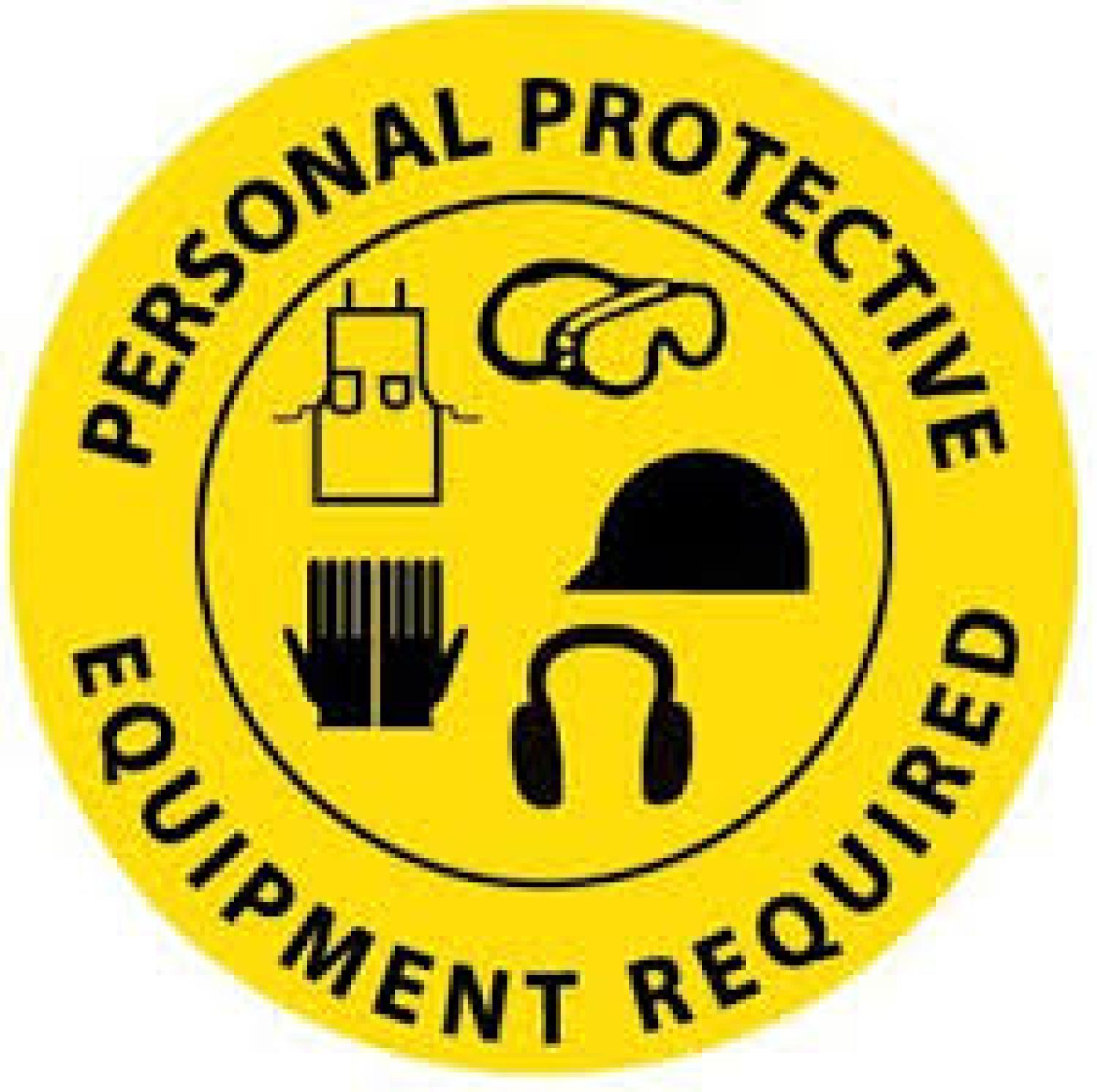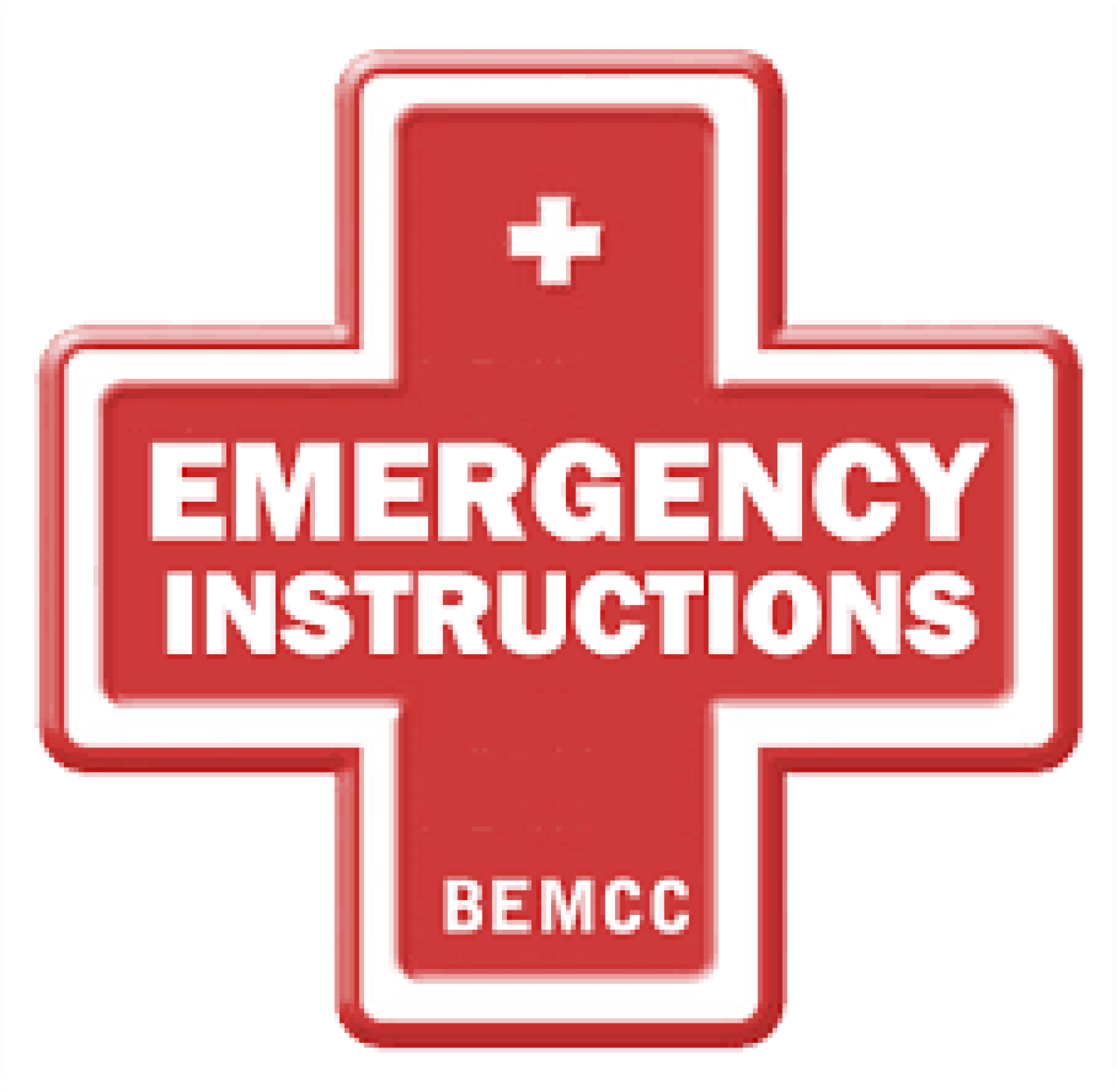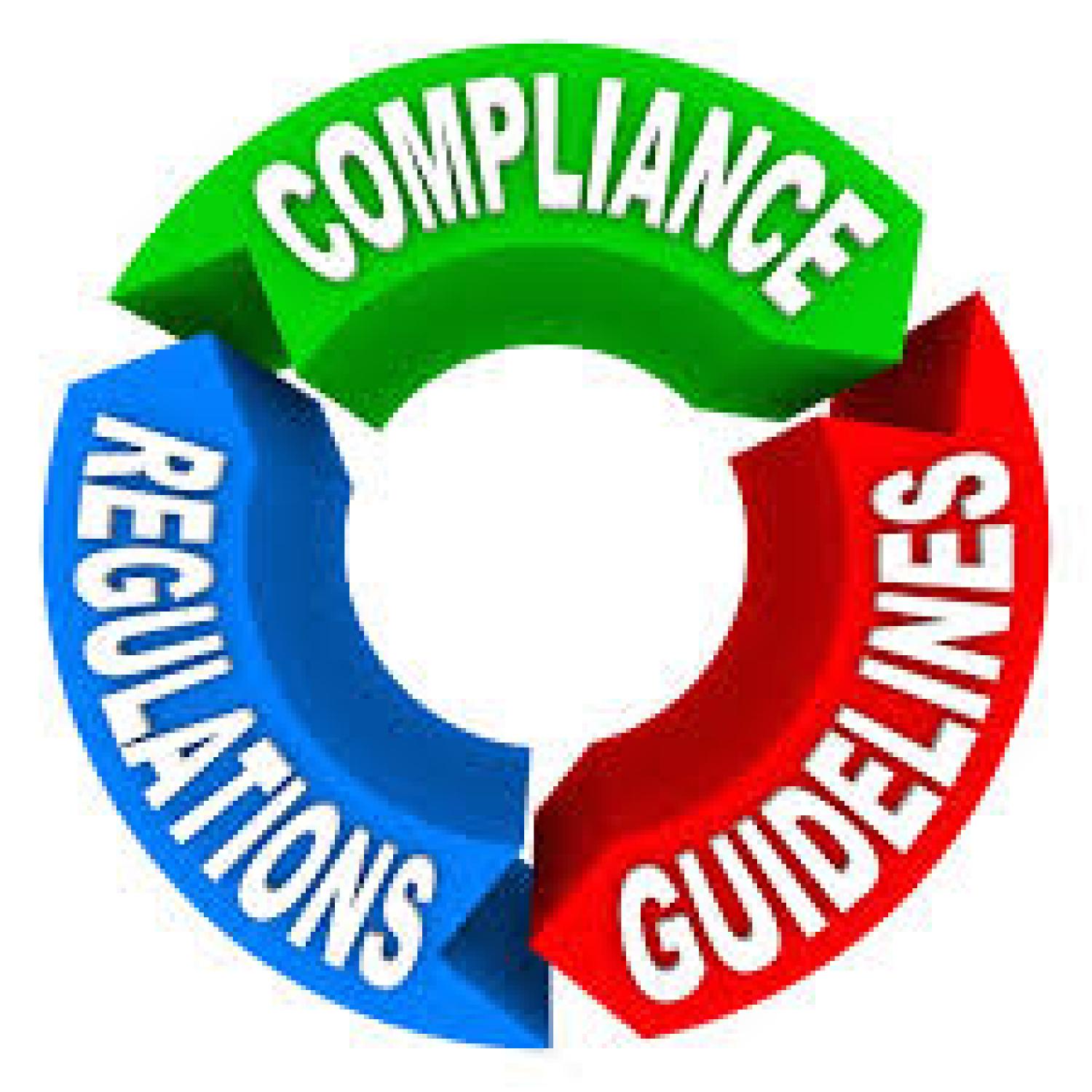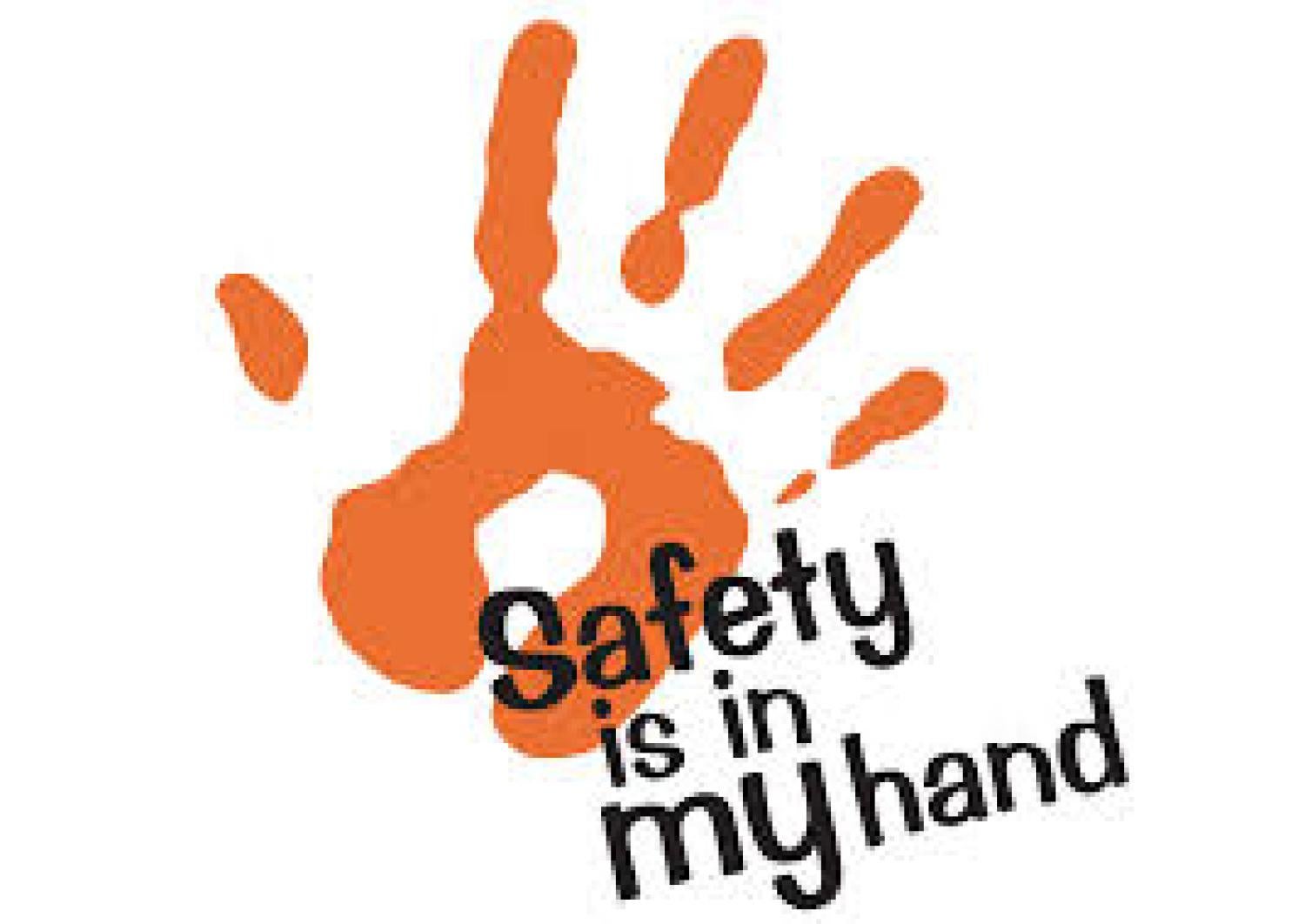New to the Department
Congratulations on joining the Department! We are excited that you are here and we want to make sure that you have all the safety information that you will need to get started.
Whether you have worked in a laboratory setting before or this is your first time, there are some things you will need to do to meet the safety requirements set forth by the University.
Training

- Biological Agents
- Chemicals & Hazardous Waste
- Recombinant or Synthetic Acid Molecules
- Radioactive agents
Environmental Health and Safety offer in class and online classes that can be completed to meet training requirements. To locate and sign up for a training session go here: EH&S Training
On this website you will also find other training modules with various safety topics for your review.
Your lab may also have specific training protocols for procedures being conducted in your lab, for more information and training on these, inquire with your lab PI.
Personal Protective Equipment

As part of the department safety program, a lab coat laundering service has been set up for all labs. As part of this service, lab coats are provided and laundered on a regular basis. Each lab has a set inventory for their areas. Depending on the potential hazards, labs may have poly cotton blend or flame retardant coats. Check with your PI on availability of the coats in your lab.
Safety equipment, such as gloves and safety glasses can be purchased in Chemstores. Any speciality items, such as face shields, aprons, special gloves can be bought by submitting a purchase request to the Purchasing portal.
Emergency Information

Each lab is required to keep an emergency information card at each door entrance. Information on the cards include contact names and phone numbers for lab personnel. Check with your PI if your name needs to be added to the list.
Familiarize yourself with your lab safety equipment, find out where your fire extinguishers, safety showers and eye wash stations, first aide kits are located. Become familiar with emergency exit routes in your lab and building. Discuss with your PI and group members, the lab emergency evacuation plan, where will everyone meet and who will account for everyone in your lab during an emergency.
For Chemical spills or releases, discuss with your PI what the proper protocol is for handling a spill or chemical release. Find out if there is a spill clean up kit available for you to use. Know who to contact if the spill is too large to handle or if the chemical release becomes dangerous.
If a medical emergency happens and you are trained to administer aide, do not hesitate. If the emergency requires additional assistance and immediate attention, call the service desk 2-5522 or 911 to dispatch medical personnel. Be sure to report all medical emergencies to your PI.
Fire Alarms do happen and it is important that everyone evacuates the building expediently. If you have critical experiments running that need to be put into a safe mode before you leave and can be done quickly, communicate this with your lab members prior to leaving. Have a lab member stay with you during this process and then exit the building to a safe place. If there isn't any time to do this, communicate this concern to the Building Manager in the evacuation area, so it can relayed to Fire personnel. Only re-enter a building once it has been cleared safe to enter by the Fire Department and Building Manager.
Compliance

It is important the everyone understand their role in the bigger picture for compliance and how what they do can impact the University and themselves on a larger scale.
The University is under the oversight of several State and Federal Regulatory agencies to assure compliance with regulations related to Environmental and Occupational Law and Chemical management.
In order to assure compliance, become familiar with all the policies set forth by EH&S that have a direct impact on compliance issues and be sure to follow all policies, procedures and rules set forth by EH&S.
If there is ever any questions with regards to a compliance issue, contact EH&S or the Building Manager first before you act.
Safety Is Your Business

Be proactive when planning your experiments, include safety measures in your protocol. Simple steps such as determining protective equipment to use and reading MSDS's for chemicals prior to use, can help establish a plan of action and mitigate any potential safety issues.
Remember to plan enough time to do your experiment. Most accidents happen when people are in a hurry or attempt to take short cuts.
Pay attention to conditions in your working environment and if you see things that you feel are a safety concern, bring it to your PI's attention.
Lead by example. If you are being safe and put safety as a priority for your lab, others will follow.
Get involved with keeping safety a priority for your lab, from helping the lab proctor, to bringing safety topics up in group meetings or engaging in training classes on the subject.
You can make all the difference in ensuring that you and your colleagues are safe. It is a choice and it is up to each one of us, choose to be a safety champion!
Remember there is always support available to help and guide you in doing the right thing. Contact us if you need assistance.

